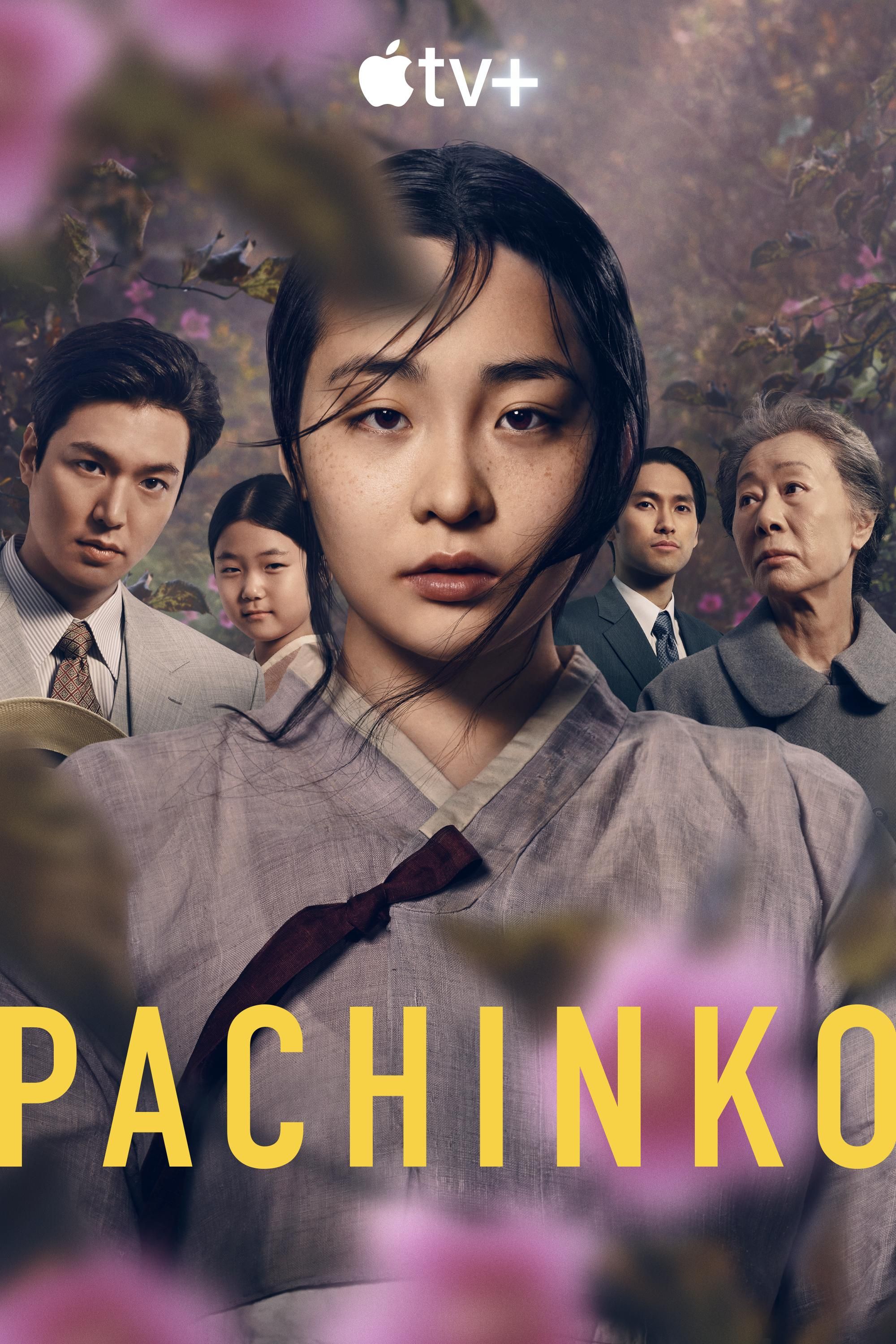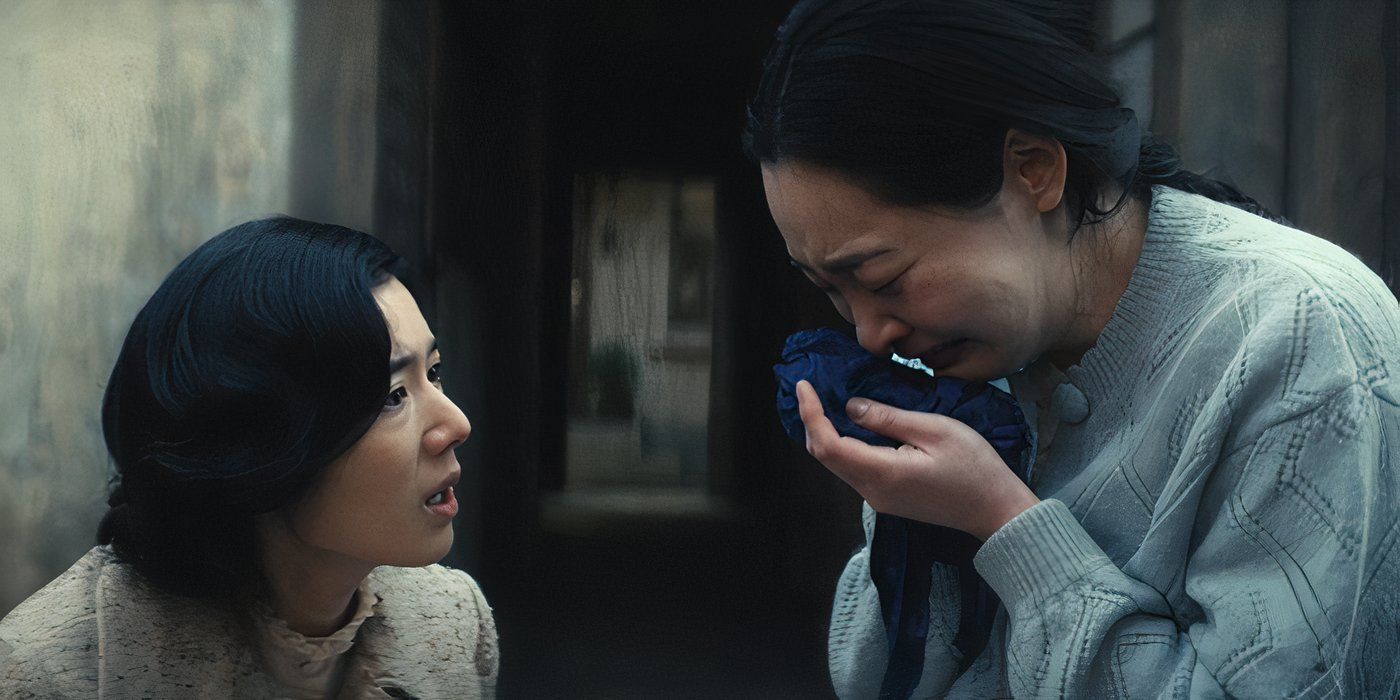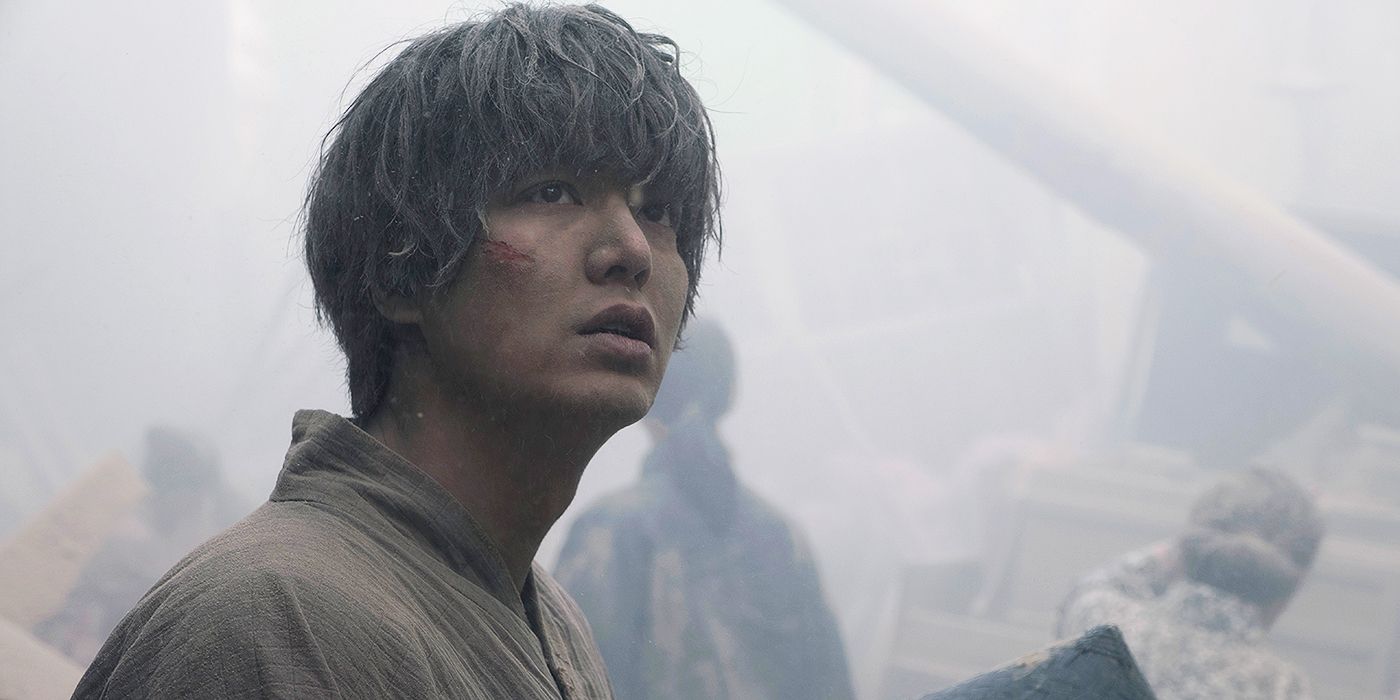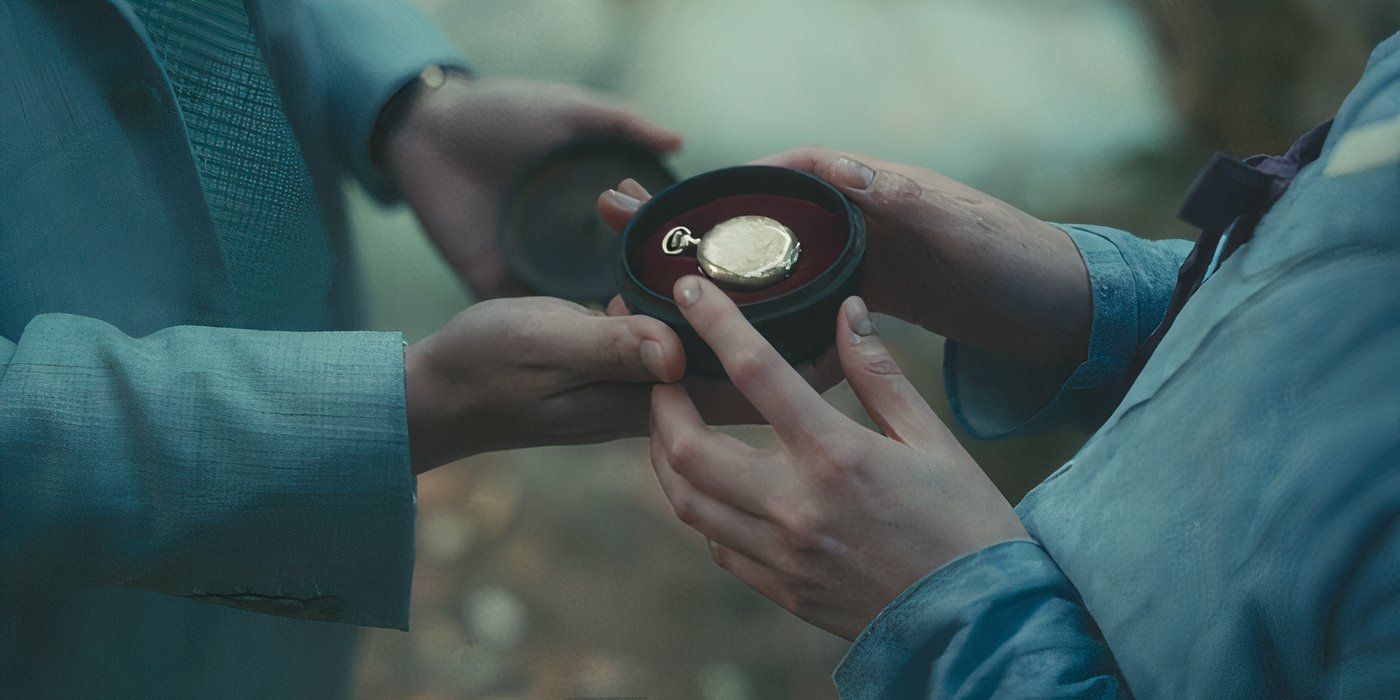The Big Picture
- Pachinko takes us through one family’s tragedy and triumph across generations.
- Sunja and Hansu’s romance is the emotional core of the series against a volatile historical backdrop.
- The recurring motif of a gold pocket watch symbolizes hope and ties between Sunja and Hansu.
The second season of Apple TV+’s emotional Korean drama Pachinko is nearly here! Inspired by the 2017 novel by Min Jin Lee, Pachinko takes us through one family’s tragedy and triumph, elaborating on the meaning of identity and family across multiple generations. This historical drama jumps back and forward in time, from the early 20th century with the events of World War II and Japan’s occupation of Korea leading into the late 80s and early 90s, following the same family as they struggle with their Korean identity while living in Japan.
At the center of the series in 1910 is Sunja (Minha Kim) and Hansu (Lee Minho). An irresistible bond forms between Sunja and Hansu, two people who, unbeknownst to them, have opposing ideals when it comes to their relationship. When push comes to shove, Hansu’s cowardice in the face of his future leaves Sunja to navigate a life burdened with shame, but the two of them are never quite finished with each other. Sunja and Hansu’s romance becomes the foundation for a whirlwind of emotional battles during an already volatile point in Korean-Japanese history.
When the series starts, we are almost immediately thrown into a romance between a young Sunja and Hansu, but although the relationship burned bright, it quickly sours. After confiding in and caring for each other for some time, Sunja reveals she’s pregnant. And although Hansu is initially overjoyed, Sunja is heartbroken when he reveals that he won’t marry her because he is already married, intending to take care of her and her child but forcing her to stay unmarried. Tension brews when Sunja meets Isak (Steve Sanghyun Noh), a travelling minister, who offers to marry her despite her condition. When Hansu meets Isak by chance at the tailor’s, Hansu’s attempt to belittle the new man in Sunja’s life fails when Isak passively asks the tailor for a suit specifically to get married in, right in front of Hansu. Although Hansu seems sure that marrying Isak will only make Sunja’s life worse, she has few other options and marries Isak before setting off to Osaka with him.
From the start, Sunja proves herself a witty, strong-willed, and kindhearted person, but things like poverty, pregnancy, social pressure, and ethnic tension can be crushing. Moving to Osaka and leaving her mother and her home in Busan proves to be understandably distressing, and masking the shame of bearing a child whose biological father would not commit becomes a full-time job. But she presses on, determined to persevere. But all through this, Hansu is still watching from afar, watching her as she pushes through ever obstacle, unable to stay away. Although Pachinko focuses on other characters throughout the series, specifically Sunja’s grandson Solomon’s (Jin Ha) story, it’s Hansu and Sunja who are at the beating heart of the series.
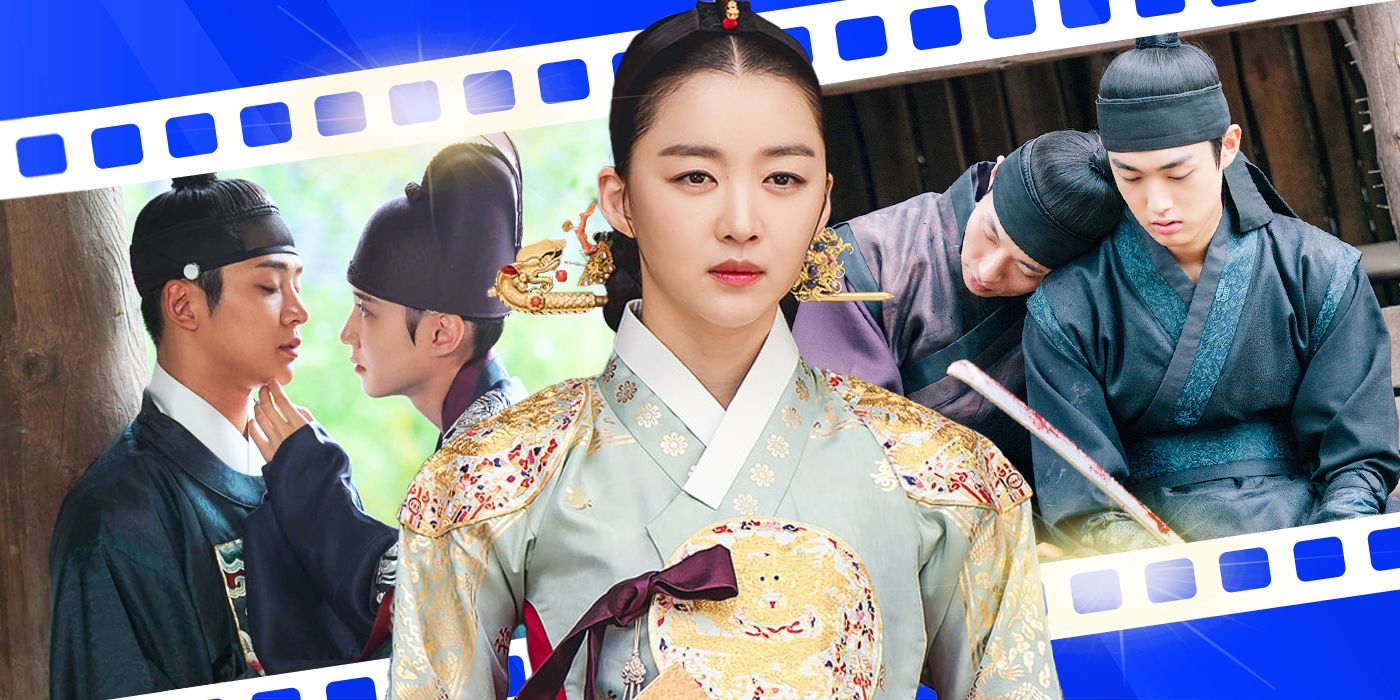
Related
The 10 Best Historical Romance K-Dramas of the Last 5 Years, Ranked
There is nothing like a unique K-Drama that’s mixed with history and romance.
Minha Kim Delivers a Heart-Wrenching Performance as Sunja
Sunja’s story bounces back and forth between her life as a woman in the early 1900s and her life as an elderly matriarch in 1989. Since the story is predominantly presented via the lens of the older Sunja, the timeline of events is not told chronologically. Instead, Sunja’s life as a young woman unfolds with each connection that the older Sunja makes to her past as she continues to live on in the present.
In the series, Sunja is played by three different actresses at different points in Sunja’s life. As a young child, Sunj witnessed violence first hand and experienced grief after the death of her father. Jeon Yu-na, who plays young Sunja, conveyed a level of maturity and strength even as a young actor. The elderly Sunja is played by Oscar-winner Youn Yuh-jung, who eloquently represents the triumph of all that Sunja has faced (and survived). Youn carries herself scene to scene with a visible acceptance of Sunja’s choices and consequences. That performance solidifies the importance of Sunja’s life and the impact that she will leave on her family for generations.
Minha Kim, who portrays the adult version of Sunja from the 1910s to the 1940s, upholds the never-ending strength required of the character. Nearly every step she takes sets up a new consequence, whether it means prioritizing her responsibility to her family, reconciling financial issues, or avoiding ethnic or social conflicts. Minha Kim earnestly shares her emotions with Sunja in her heart-wrenching performance.
Lee Minho Proves That Hansu Isn’t All That Easy To Hate
Where Sunja’s tale of woe is demonstrated throughout each episode, “Chapter Seven” managed to catch the audience up on sympathy for Hansu in a single episode. Pachinko is a story that is full of characters simply trying to survive as they each see fit. Actor Lee Minho explains in a featurette, “This was an era when people were suppressed, lacked freedom, and had to survive.” In allowing audiences to experience the tragedy of the Great Kantō Earthquake of 1923 through his perspective, director Kogonada proved that Hansu was no one-dimensional brute of a man. The man we meet when he first approaches Sunja is nothing like the young man we meet in “Chapter Seven.”
Hansu was carrying with him the destruction of his home in Yokohama, the sudden loss of his father with whom he shared a close bond, firsthand experience of what could become of Koreans in the face of Japanese vigilantism and prejudice, and crushed dreams for a better life in America. “Chapter Seven” absolutely humanized Hansu, and it almost redeems him and the recent actions he chose to make. Although his character could be regarded as the story’s antagonist, Lee clarified the truth that we later see in Hansu’s flashback episode. He said, “Hansu is a character that is both good and evil. He’s a man who had to choose evil and live as a bad man in order to survive.”
Despite Tragedy and Heartache, Sunja and Hansu Remain Connected All Through Sunja’s Life
Amid Sunja and Hansu’s push and pull over the years, you will notice a recurring motif in Pachinko that gets passed around both between characters and between points in time as the story progresses. Hansu gifts Sunja a small, gold pocket watch just before she tells him she is pregnant. Keeping it with her after her move to Japan, she was forced to pawn it to pay off her brother-in-law, Yoseb’s (Han Jun-woo), debt. Afterward, revealing he had a hand in her being able to sell the watch for the high price she got it for, Hansu immediately buys it back for himself. In “Chapter Seven”, we learn the significance of the watch when we learn it belonged to the American family who was supposed to bring Hansu to America on the day of the Great Kantō Earthquake.
That watch is linked to one of the most tragic days of his life and his past life. It clearly bears a lot of meaning for him, so it means a lot that he would give it to Sunja. We eventually see Sunja giving the same watch to her grandson, Solomon. The watch represents hope for Sunja. It saved her and her family’s life when the crushing debt was looming over them, but it also is a tangible link that bonds Sunja to Hansu even when Noa is mysteriously gone from her life when she is older. The fact that she has the watch so many years later to give to Solomon speaks to Sunja and Hansu’s bond, and despite the contentiousness between them and the bad blood, they are intrinsically tied to each other.
Season 2 of Pachinko is available to stream August 23, 2024 on Apple TV+ in the U.S.
WATCH ON APPLE TV+


